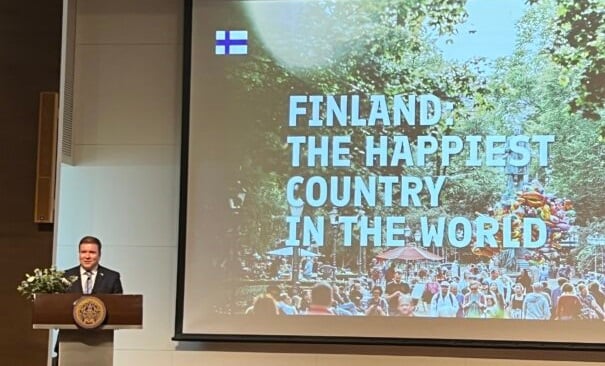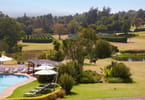Obodo Galway Council recently approved the inaugural tourism strategy for the region, titled the County Galway Tourism Strategy 2023-2031.
This plan focuses on extending tourism and its advantages to all parts of the county, aiming to increase visitor expenditure by 10%.
The Council acknowledged Galway’s substantial gains from tourism, noting 984,000 domestic trips and 1.7 million international visitors contributing €754 million to the region’s tourism income.
Nonetheless, certain areas, such as Galway City and parts of Connemara, draw significantly more visitors and expenditure compared to others, particularly in the eastern and southern regions of the county.
“Not all areas of the county are equally well-known,” said the Council’s Tourism Officer, John Neary.
“One of the challenges of this strategy, therefore, is to seek to manage well-developed tourism areas within the county with the further growth of less-established areas.”
Liam Conneally, Galway County Council’s Chief Executive, highlighted the establishment of a unified plan for tourism development spanning eight years. Emphasizing sustainable tourism and job generation, the strategy aims to draw visitors who stay longer and invest more in the towns and villages of Galway.
Scheduled for launch in 2024 alongside an implementation plan, the strategy will concentrate on six designated ‘Development Zones.’
These zones, identified by Mr. Conneally, aim to provide more targeted solutions to address local challenges and opportunities. They encompass specific areas: south east Galway (Loughrea and Portumna); south west Galway (Oranmore, Clarinbridge, Gort, Kinvara, and Craughwell); north east Galway (Athenry, Tuam, and Ballinasloe); east Connemara (east of Maam Cross and west of the M17, including Lough Corrib); the south Gaeltacht area of Connemara, Ceantar na nOileán, and Oileáin Árann; and west Connemara (west of Maam Cross, from Roundstone to Leenane, encompassing Clifden and Inisbofin).
The city and county councils, collaborating with Fáilte Ireland, plan to create a shared tourism destination brand that portrays Galway as a unified entity, marking the first instance of such an initiative. This strategy aligns with the shifting focus of Fáilte Ireland and Tourism Ireland towards sustainable tourism models and their promotion.
The ‘Vision 2030’ report by the Irish Tourism Industry Confederation (ITIC) advocates for Ireland’s tourism sector to prioritize regional economic growth by emphasizing value over volume. This approach aims to uphold environmental, social, and community values within the industry.
IHE Ị GA-Ewepụ na edemede a:
- The city and county councils, collaborating with Fáilte Ireland, plan to create a shared tourism destination brand that portrays Galway as a unified entity, marking the first instance of such an initiative.
- Nonetheless, certain areas, such as Galway City and parts of Connemara, draw significantly more visitors and expenditure compared to others, particularly in the eastern and southern regions of the county.
- “One of the challenges of this strategy, therefore, is to seek to manage well-developed tourism areas within the county with the further growth of less-established areas.























